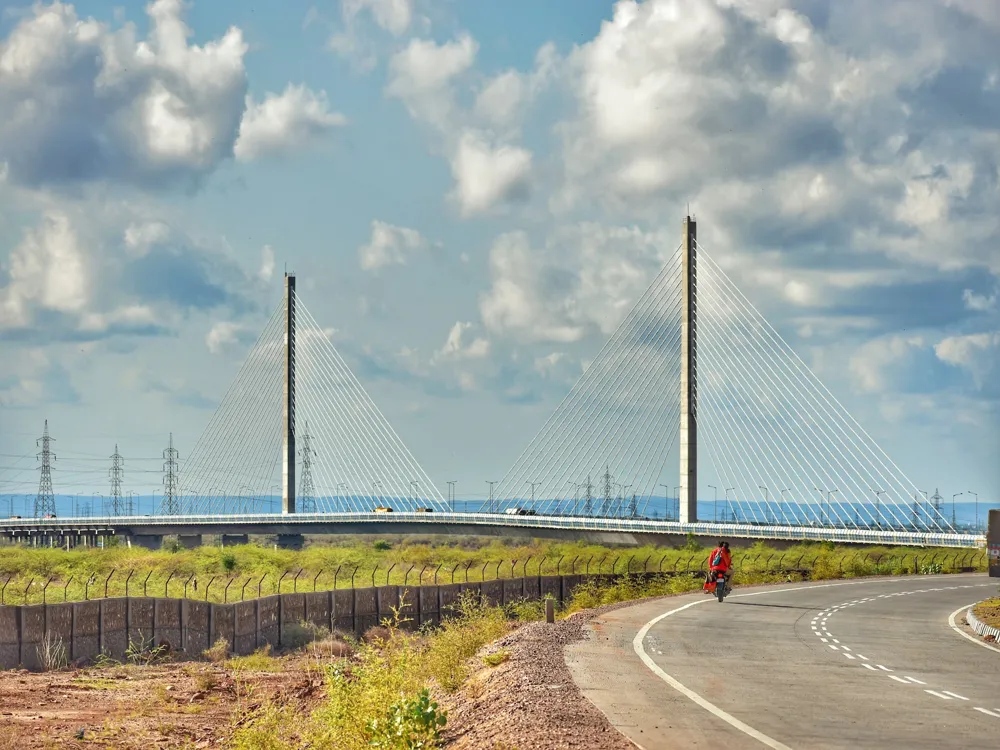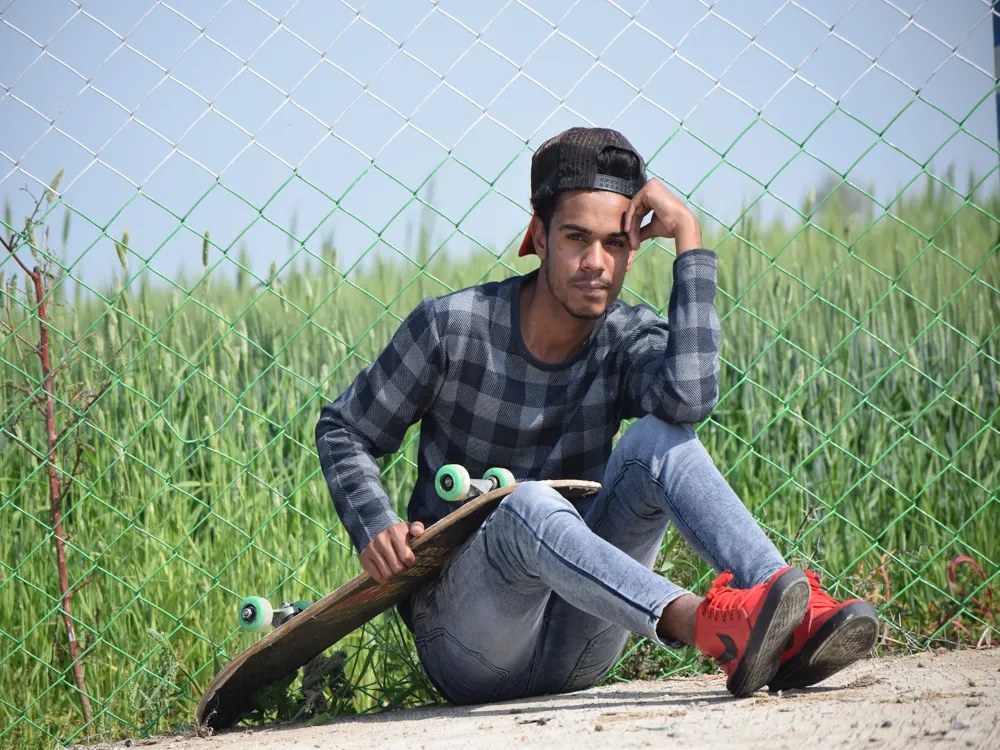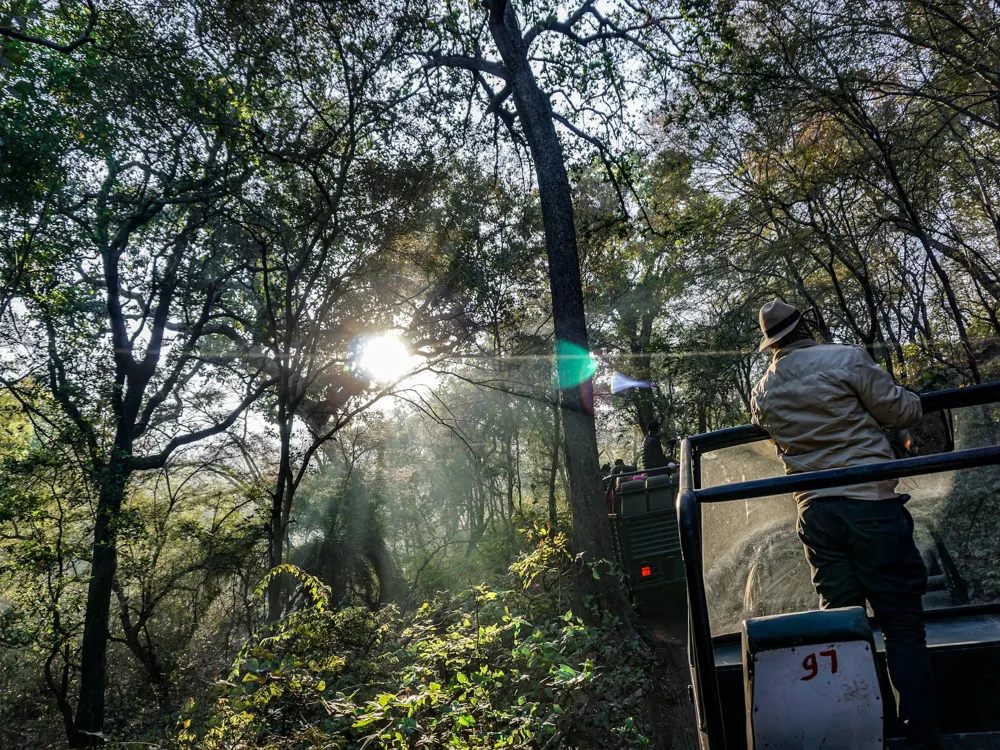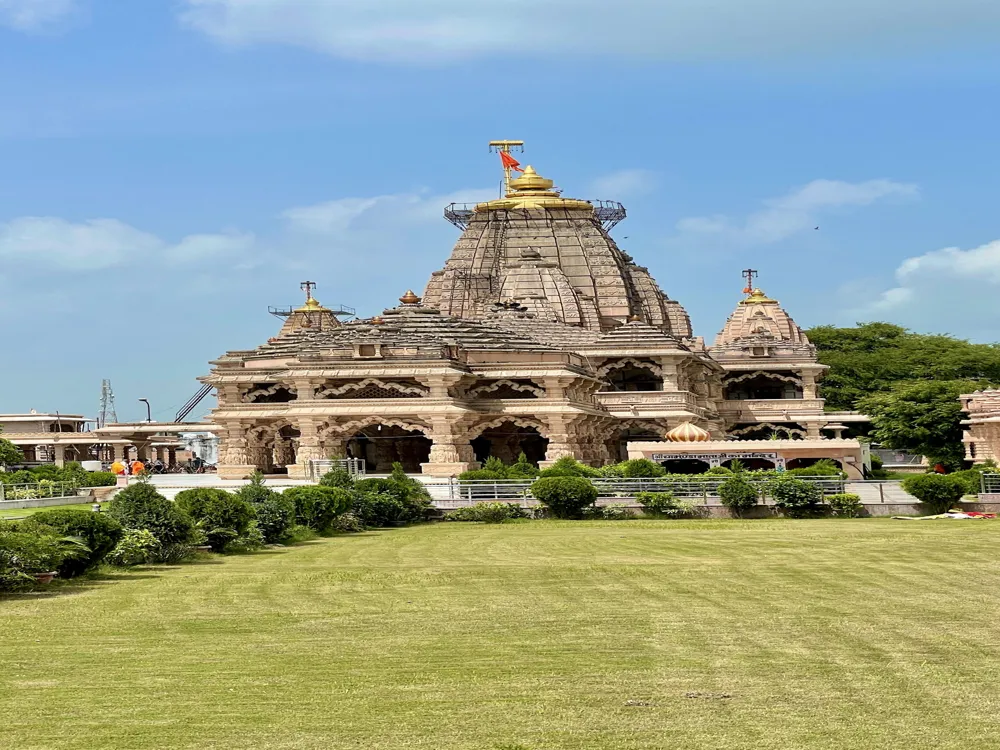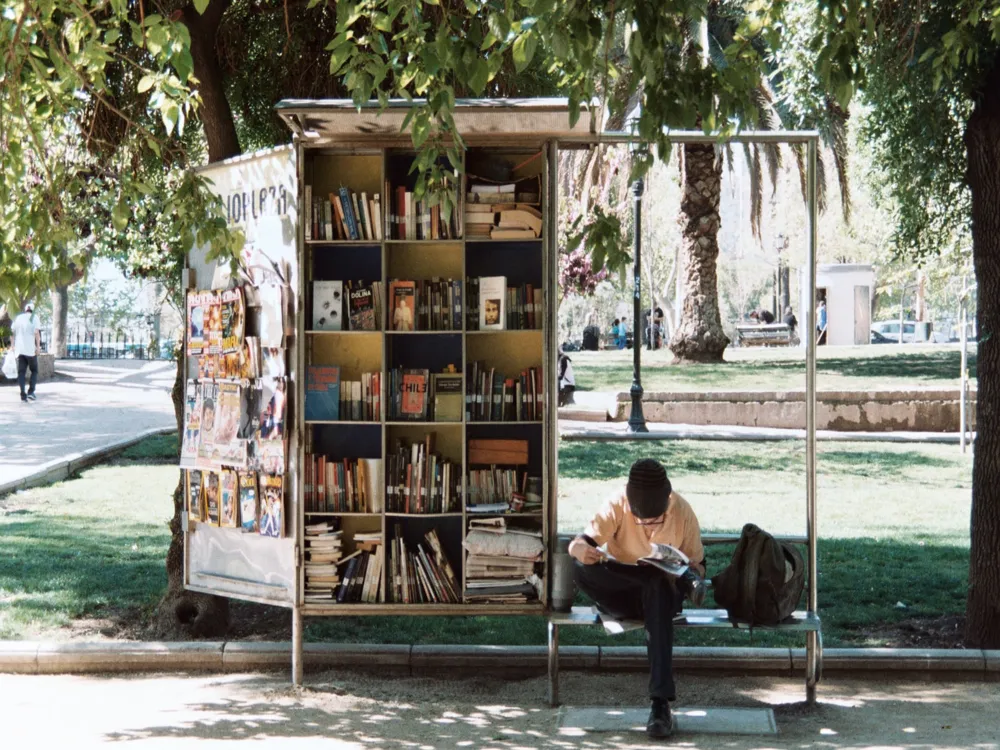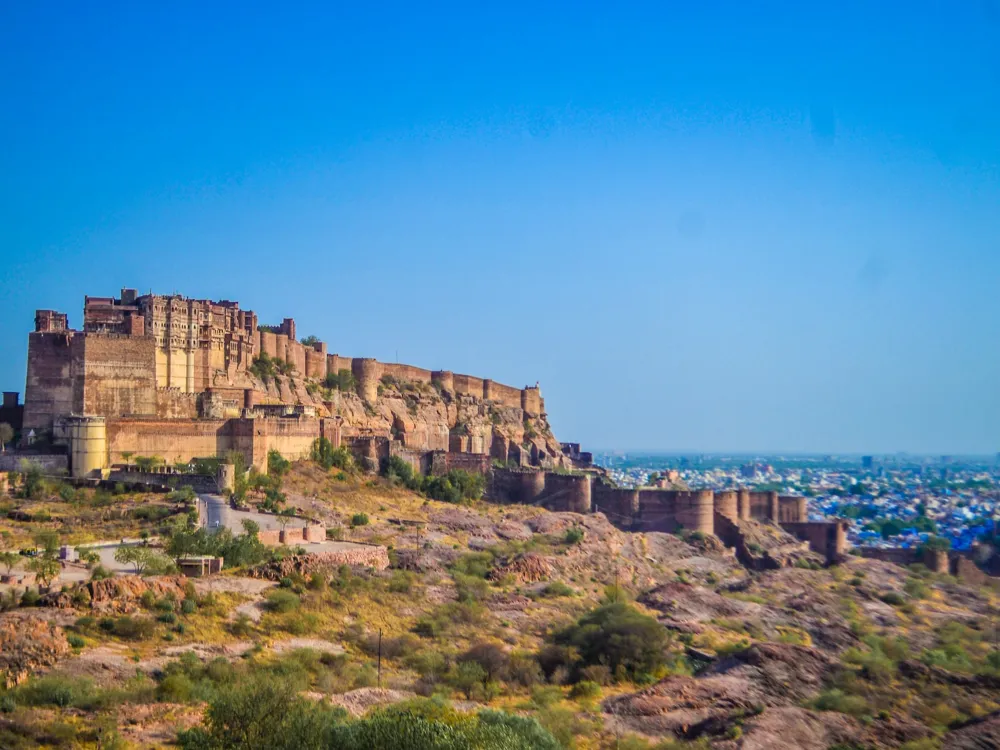The Government Museum of Kota, situated in the heart of Kota, Rajasthan, stands as a beacon of cultural and historical heritage. This museum, housed in the Brijvilas Palace near Kishore Sagar, is an epitome of the rich tapestry of history that Kota and its surroundings have witnessed. The museum's inception dates back to the early 20th century, making it a significant repository of Rajasthan’s regal past. As you step into the museum, you are welcomed by a vast collection that encompasses a wide range of artifacts, including sculptures, coins, manuscripts, and frescoes. These exhibits are not just mere objects but are storytelling mediums that take you through various eras, from the prehistoric period to the modern times. The sculptures, predominantly from the Gupta period, showcase the exquisite craftsmanship and artistic prowess of the era. Another highlight is the extensive collection of Rajput miniature paintings, which depict scenes from the Ramayana, Mahabharata, and the life of Lord Krishna, illustrating the rich cultural and religious tapestry of the region. One of the unique aspects of the Government Museum Kota is its focus on the local heritage. The museum dedicates a substantial part of its collection to artifacts that are indigenous to Kota and its neighboring areas. This includes weapons, costumes, and objects of daily use, offering a glimpse into the lifestyle and traditions of the local populace over centuries. The numismatic collection, featuring coins from various historical periods, provides a fascinating insight into the economic and political evolution of the region. Moreover, the museum is not just about the past; it also serves as a cultural hub for contemporary events. It frequently hosts exhibitions, workshops, and seminars, making it a dynamic space for cultural exchange and learning. The Government Museum Kota, therefore, is not just a place to observe and learn but an interactive space where history, art, and culture are constantly in conversation. The architecture of the Government Museum Kota is as compelling as its collections. The museum is housed in the Brijvilas Palace, which in itself is an architectural marvel. The palace, built beside the picturesque Kishore Sagar Lake, is a perfect example of the fusion of Rajput and Mughal architectural styles, a characteristic feature of the Kota school of architecture. The facade of the museum is a testament to the grandeur of Rajput architecture, characterized by intricate jharokhas (overhanging enclosed balconies), chhatris (elevated, dome-shaped pavilions), and jaalis (lattice screens). The main entrance, adorned with detailed carvings and frescoes, welcomes visitors into a world where ancient architecture meets historical artifacts. The interior of the museum is equally mesmerizing, with high ceilings, spacious galleries, and corridors lined with artifacts that tell the story of a bygone era. One of the highlights of the museum’s architecture is the harmonious blend of aesthetics and functionality. The large windows and jaalis ensure natural light and ventilation, creating an ambient atmosphere that enhances the viewing experience of the exhibits. The courtyards, often adorned with fountains and flora, provide a serene environment for contemplation and appreciation of art and history. The Brijvilas Palace’s architecture is not just about the grandeur but also about the details. The frescoes and murals on the walls and ceilings depict scenes from Hindu mythology and the daily life of the Rajputs, offering a visual narrative of the cultural milieu of the region. The intricate stone and woodwork throughout the building reflect the skilled craftsmanship that is a hallmark of Rajasthani architecture. In conclusion, the architecture of the Government Museum Kota is a remarkable fusion of art, history, and culture. It stands not just as a building but as a testament to the architectural brilliance and cultural richness of Rajasthan. The ideal time to visit the Government Museum Kota is from October to March, as the weather is pleasant during these months. Avoid visiting during the summer as the temperatures can be extremely high. Consider opting for a guided tour to enrich your experience. Knowledgeable guides can provide deeper insights into the exhibits and the history of Kota. Photography may be restricted in certain areas of the museum. Always check for signs or ask the staff about photography policies. Dress conservatively and comfortably. Also, maintain decorum inside the museum as it is a place of historical and cultural significance. The museum is accessible for differently-abled visitors, but it's advisable to check with the museum staff for specific accessibility arrangements. Reaching the Government Museum in Kota is convenient as it is well-connected by various modes of transportation. For visitors traveling by air, the nearest airport is in Jaipur, which is approximately 250 kilometers away. Regular bus services and taxis are available from Jaipur to Kota. For those preferring rail travel, Kota has its own railway station with good connectivity to major cities in India. Once in Kota, local transportation like auto-rickshaws and taxis can be used to reach the museum. Additionally, for those driving, Kota is well connected through a network of national highways making it easily accessible by road. Read More:Overview of Government Museum Kota, Rajasthan
Architecture of Government Museum Kota
Tips When Visiting Government Museum Kota
Best Time to Visit
Guided Tours
Photography Rules
Dress Code and Etiquette
Accessibility
How To Reach Government Museum Kota
Government Museum Kota
Kota
Rajasthan
NaN onwards
View kota Packages
Kota Travel Packages
View All Packages For Kota
Top Hotel Collections for Kota

Private Pool

Luxury Hotels

5-Star Hotels

Pet Friendly
Top Hotels Near Kota
Other Top Ranking Places In Kota
View All Places To Visit In kota
View kota Packages
Kota Travel Packages
View All Packages For Kota
Top Hotel Collections for Kota

Private Pool

Luxury Hotels

5-Star Hotels

Pet Friendly







